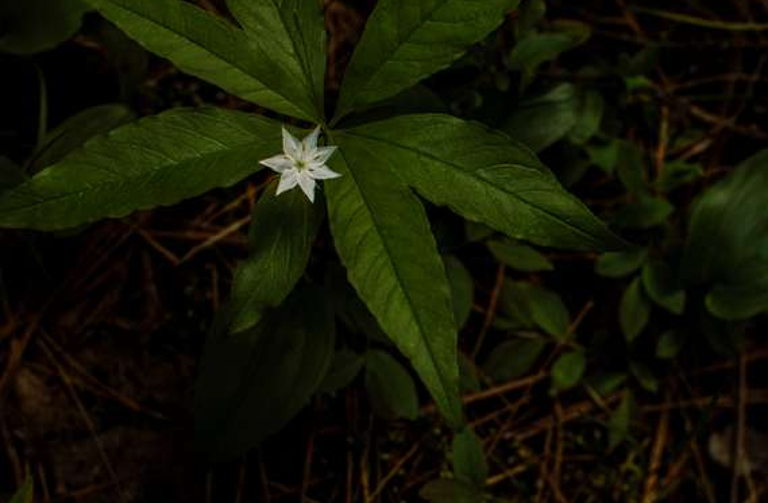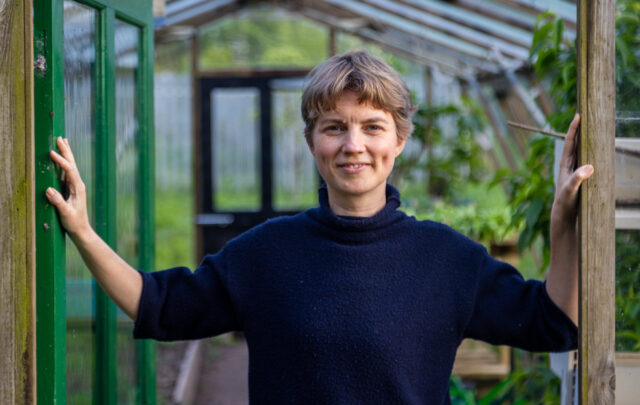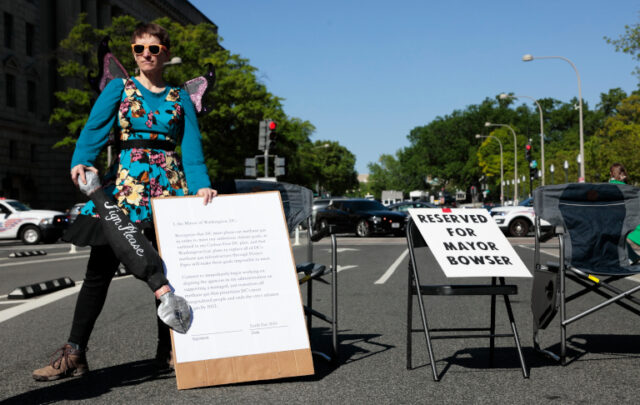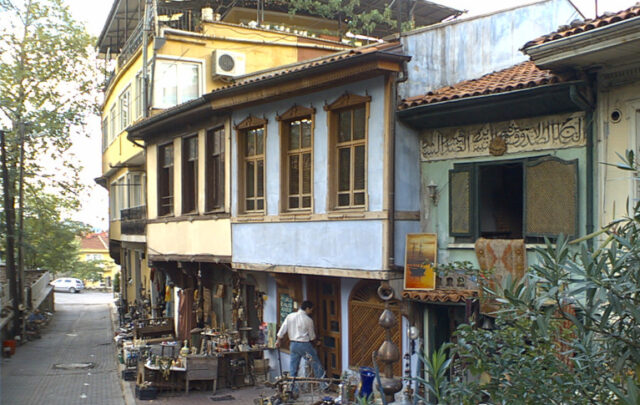Animikodaadin ziigwang
As we greet a new cycle in spring
ziigwebinigaadenoon dibaajimowinan
the Earth spills stories
miinawaa animikwabiyaang
and we face backward
mii dash onjishkawabiyaang.
the forward toward change.
We are water, we are stone, we are made of liquid and bone. The stories we learn from the land are the lessons needed to survive. Anishinaabe tradition includes many kinds of stories: stories that recount the news, stories intended to teach, stories of history and challenges, stories of healing, and stories of relationships and resilience. Some of these stories, dibaajimowinan, are ones we tell every day, carry with us in memory and talk about, like books and pictures or other things that help us communicate and collect observations. Some of these stories, aadizookaanag, are known to have a life of their own, a way of evolving while staying true to their original form. The oldest Anishinaabe storytellers are stones and sturgeon, a reminder that stories are found in the earth and on the water. The best stories are doorways to other times and places, ways of being connected to our past, present, and future all at once. Telling your own story, your family story, your community story, and the story of the place you steward and are sustained by, is a way of being alive. Some might say without these stories of ourselves, our ability to live on earth will be compromised.
Ninaaniibawimin niibing
We stand in summer
wiikobijigaazoyaang
pulled together
epiichi biimiskobizoyaang
as everything rotates
nibiiwaabikaa dootoogan.
wet stones and swamps.
The Earth teaches us to know and to forget. Our being is centered in the liminality of rites of passage during which we recognize both the fragility and power of life. We see the horizon and the changing seasons, and we know we are on a planet rotating around the sun, which seems a dangerous and unlikely situation. But time teaches us it will repeat. Each sunrise, sunset, solstice, equinox, and season will come and go and come again. It is no accident that the times when we are able to perceive the dawn, see the moon rise, recognize a rite of passage, or witness the arrival or passing of life are often the times we pray. Lessons in humility and respect reinforce the relationships that sustain our individual and collective relationships with the Earth and one another. Although Anishinaabe stories have Giiwedinanang, the North Star, to guide them home, most human communities have stories to center themselves: on Earth, beside particular rivers, lakes, deserts, and mountain ranges. Our stories serve as warnings about exploitation, commodification, and the danger of disruption. Just as we all know that a vein pinched can stop a heart, the Earth teaches us that what may appear effortless and automatic can be a complex process, and intervention can become irrevocable evolution—not always in a positive direction.
Mii mamaajii dagwaagig
Then the shift to autumn
giizhenindaagwadoon
creates a combination
waasaakamig dagakitaagwag
of earth light, bright sound.
mii igo mikwenjigaadenoon.
moments to eternity.

“Although Anishinaabe stories have Giiwedinanang, the North Star, to guide them home, most human communities have stories to center themselves: on earth, beside particular rivers, lakes, deserts and mountain ranges.” – Margaret Noodin, Photo Credit: Alyssa Bardy, Chicory Wild Creative
Anishinaabe stories are told year-round, but they follow the seasons. Ziigwan, spring, is the time of renewal and awakening, and there are stories to remind us to listen for sounds of thunder, frogs, crows, and sap. Niibing, summer, is a period of growth, long bright days, time for work, and being with the animals and plants. Dagwaagin, autumn, is a time for gathering, harvesting, hunting, and preparing. Biboon, winter, is a time to pause, to listen, meditate, appreciate, and focus on the conclusion of one cycle before another begins. The Earth teaches us not to do everything all at once or all the time. By listening to the lessons of the land, we learn limits, order, logic, balance, and reasoning. This seasonal cycle has been represented many ways and is not used only by one culture or community. It is a global story with local nuance and our task is to listen to the way the seasonal story of human beings is told in the place where we are, not to control or attempt to erase the needs and voice of the land, water, wind, and fellow beings of our own biome.
Bizaanakwad biboonigag
In the cloud-quiet of winter
mashkawaakwajidoon mii
there is a frozen strength
zhoogamiziyaang, zoongizi
we are liquid, we are solid
dibaajimotaadizoyaang akiing.
we are the stories the Earth tells.
Anishinaabe people still keep the tradition of telling certain stories only in winter because there are some stories best for the short days and long dark of interior living. But stories, regardless of form, are part of every day on our journey around the sun. Preserving the story of our own origin and the community or communities we belong to is critical for our continued evolution and resilience of life with this Earth.
All of the ways stories have been recorded are valuable. The medium for lessons has changed over time, but the connection to place has remained. Oral stories passed through generations carry the same amount of truth as stories written today on a page or shared in cyberspace. They are records of exchange between speakers and listeners, some who are in the same place and time, and others who come to understand another place and time through the story itself. In these stories, human and non-human beings reflect on epic adventures often caused by change and disruption. As modern society faces climate change and the sixth extinction, these oldest stories of place and survivance are evolving. And they are also remaining the same, allowing us to see the past and imagine alternate futures as we move with the Earth around the sun.





